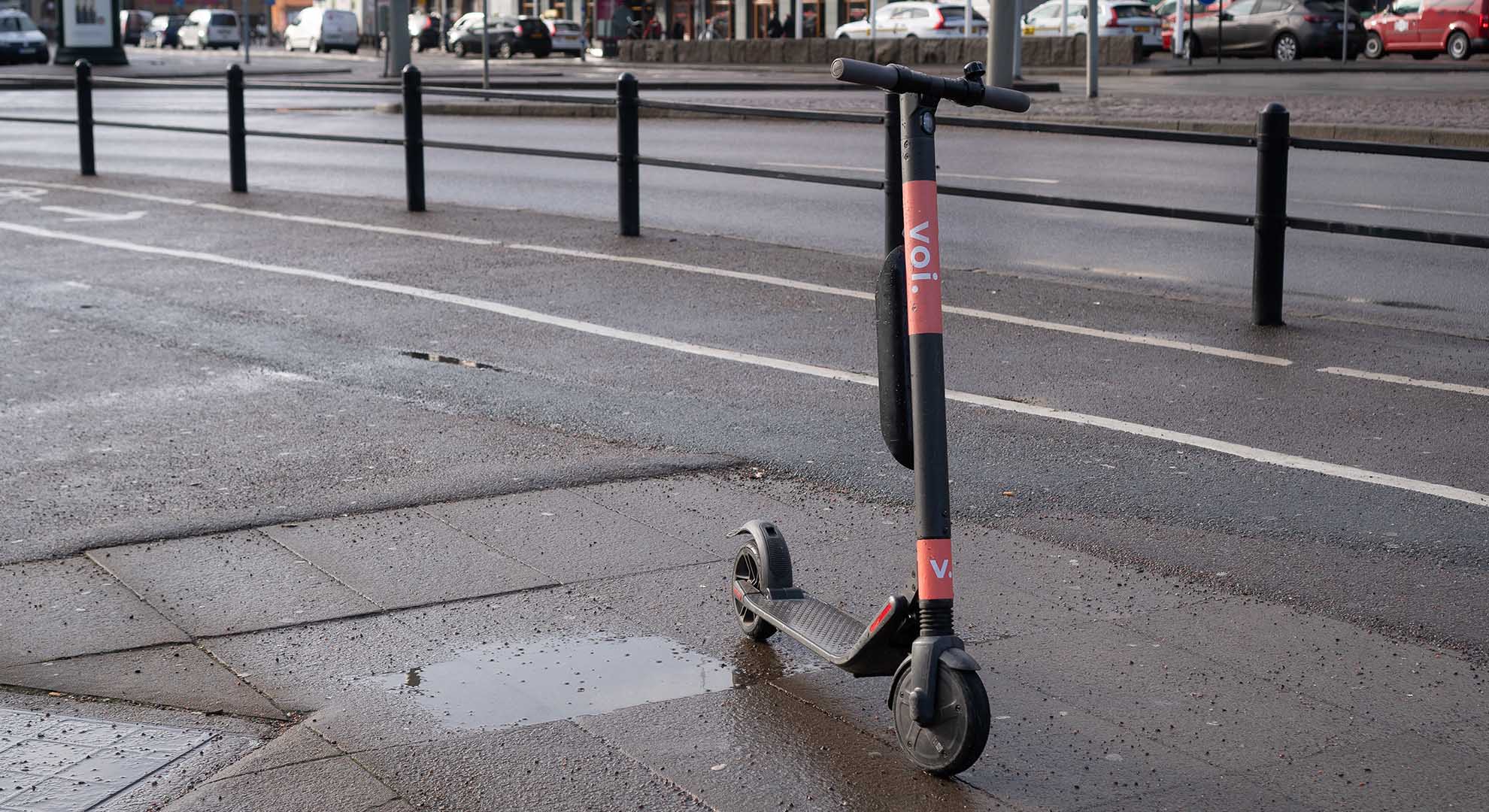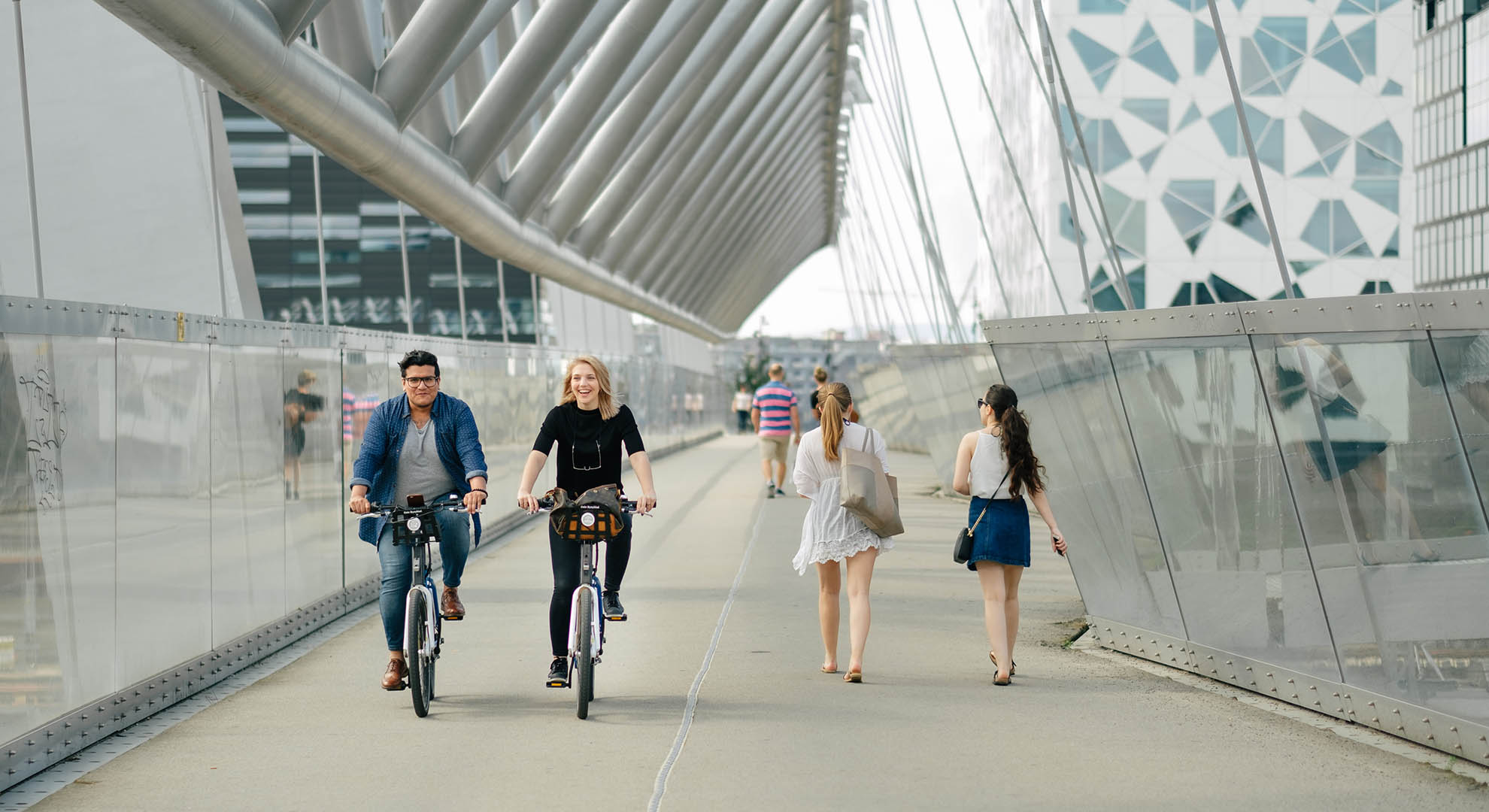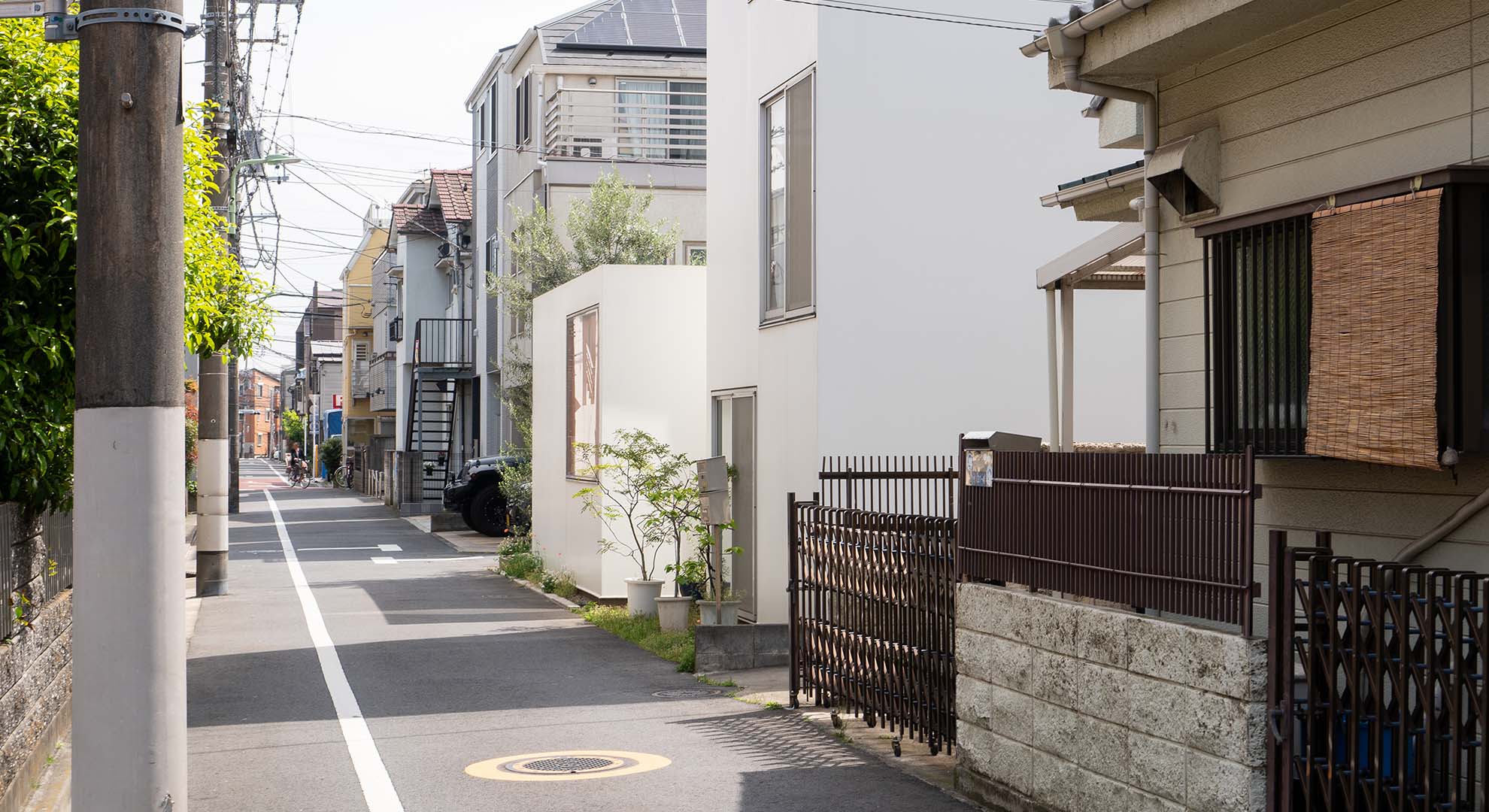Cities of the Future: Without Cars?
How cities around the world are snapping out of autopilot and moving beyond the automobile
Over the last hundred years, city after city performed open-heart surgery on themselves by building around the technology of the car. The ongoing complications of that surgery—in terms of environment and health, mobility, social and cultural life, politics and economics—are so extensive that we might think of the car as the single worst invention that we, as a species, have really got behind.
As the architect Peter Calthorpe put it, cars are ”too much for the climate, too much for people’s pocketbooks, too much for the community in terms of congestion, too much for people’s time. I mean, every way you measure it, it has a negative—no walking is a prescription for obesity. Air quality feeds into respiratory illnesses.” If anything, he underplays it.
Yet Calthorpe is a still a rarity amongst architects. As they do with most technologies, architects have a blind spot about the car. As a result, the single biggest influence on the way the city has unfolded has been left to an unholy alliance of traffic engineers, car industry lobbyists, and politicians.
We are still in this mode, despite facing three entwined wicked problems—climate crisis, health epidemics, and rising inequality—that are all directly linked to building our cities around the car. And new mobility technologies will simply continue to drive into the cul-de-sacs the car has forged unless designers and policymakers forge different values in the systems, services and spaces that comprise our infrastructures of everyday life.

For example, a promising technology like ridesharing ends up articulated as massively-capitalised corporations that actually increase congestion in our cities. Autonomous vehicles, which could make currently uneconomic super-local bus services viable, might instead manifest themselves as self-driving cars, solving nothing. Data-driven micromobility might be handy, fun and healthy; or it could clutter our streets and dissuade people from walking. Augmented reality could create participative codesign platforms, or simply spice up existing practices of tokenistic consultation. The impact of these technologies depends entirely on how cities articulate them.
Fortunately, many cities are now poised to move differently. In 2015, Oslo’s city government announced their intention to remove cars from the city centre. Typically, business owners objected, despite evidence from all over the world that creating more walkable streets increases retail spend, and so the city eased off, simply beginning to squeeze parking instead. Now that dead infrastructure is increasingly converted to diverse shared spaces and quality public transport, including the exemplary Oslo Bysykkel bike-sharing service. A healthier, greener, more vibrant Oslo is emerging from its stolid stony past.

OSLO SKYLINE. PHOTO © URBAN SHARING
Helsinki, Stockholm and many others have similar plans in place, just as Barcelona’s Superblocks project is essentially unlocking the city’s secret weapon: the fabulously generative griddy block structure created by the Cerdà plan of 1859, articulated for trams, active transport and health—as if to today’s values. Smaller cities like Tallinn are making public transport entirely free. Smaller gems again, like Vauban in Freiburg, now provide years of evidence that suggest that, whilst rarely without complications, there are overwhelming benefits in moving mobility beyond the car. The tide is beginning to turn, based around shared spaces and services rather than the individualised tech of the car.
Larger cities like London, New York, and Melbourne are also pushing for change, although less successfully. Is there a relationship between the car being dug in a little deeper and the more individualistic, privatised cultures often found in English-speaking countries? Where In Barcelona cars use about 25% of the urban area, in Houston, cars use 60% of the urban area. And London, despite the efforts of Mayor Sadiq Khan to create low-emission zones and car-free days, is horribly polluted, fatally using up its annual legal limit of air pollution within the first few weeks of each year.
Our challenge is simply whether we can redesign enough of our cities deeply enough and quickly enough, and how we do this effectively and equitably.
Moving beyond these cosy little European cities, it may seem unlikely to choose Tokyo as a pattern book for a city not dominated by cars. But this sprawling mega-city-region is both the churning, constantly-evolving concrete-and-steel beast of Tetsuo Iron Man and Tokyo Ghoul, and simultaneously home to the most human-scale and super-green, safe and stimulating, peaceful and creative, walkable, bikeable and likeable neighbourhoods one could imagine.
In a typical Tokyo neighbourhood like Kamata or Koenji—outside of the tourist-heavy intensity of Shinjuku or Ginza—the streets are tight yet fluid, defined around people and greenery. On-street parking is not allowed, which allows for tumbles of plant pots, people on foot and on bike, for conversation and activities, for street life. A quietly breathtaking building like Ryue Nishizawa’s Moriyama House threads itself perfectly into these spaces, in a way that would be impossible were the car present en masse.

RYUE NISHIZAWA’S MORIYAMA HOUSE, DISSOLVING INTO A TYPICAL STREET IN KAMATA, TOKYO. PHOTO © DAN HILL
Car parking is ingeniously folded into architecture tucked away such that it’s the car that skulks furtively in the background, rather than forcing people to the margins. By the time it is on the street, logistics is performed largely on foot or bike.
The neighbourhoods are clustered around metro stations, which thread the city together at scale, across multiple, differentiated “centres.” The pattern is so simple: super-fast metro connecting super-slow neighbourhoods, distributed around multiple concentrations of activity; repeat until it covers most of Honshu’s southern mass, for 38 million people.
Tokyo shows us how to balance old technologies, like the bike and the metro, with new ones, like robotics—yet with green, humane streets to the fore. Japan’s unique and complex values, some age-old, drive this balancing act; yet it’s easy to see how those new characters of autonomous vehicles and micromobility could emerge on this intimate stage, humbly scurrying around in the background.
Design brings form to ideas. It translates our values as a society into the hard and soft infrastructures of everyday life. In the past, those values were expressed as unyielding concrete freeways, deathly individualising suburbs, cheap loans and multiple cars parked on the lawn. Yet we have a choice as to the values that we design around for our next cities, for both the adaptation of yesterday’s concrete jungles or the new cities we build for the next billion.
The relevant technologies, from bikes to buses to Blockchain, are tried and tested and ready to roll. Our shared problems are clearer each day, and should give us every motivation for systemic change. The potential of people, place and ecology is richer than ever. Now we must learn how to put these things together in order to reveal the places and people around us, designing for shared spaces and services rather than the individual, digging our streets out from under the shadow of the car.
MAIN IMAGE: New developments in Melbourne. Photo © Dan Hill
